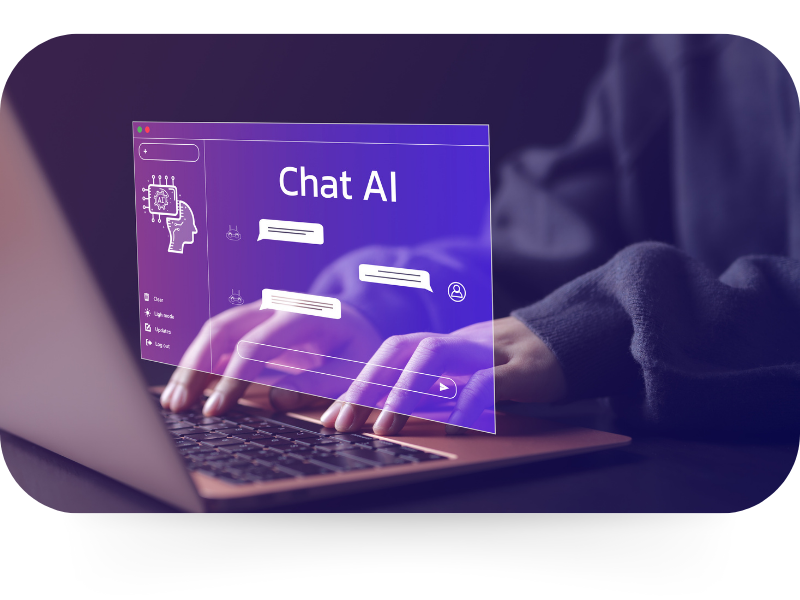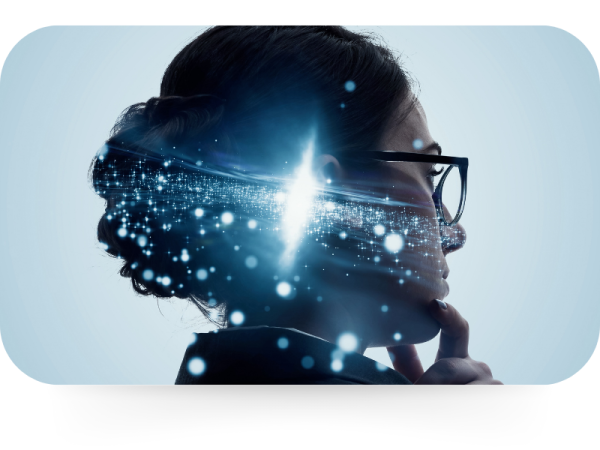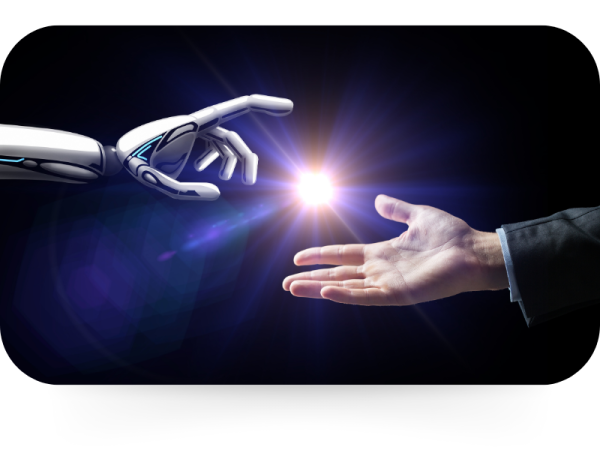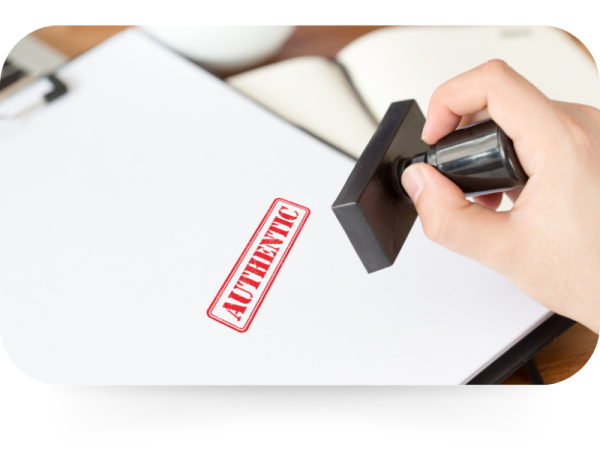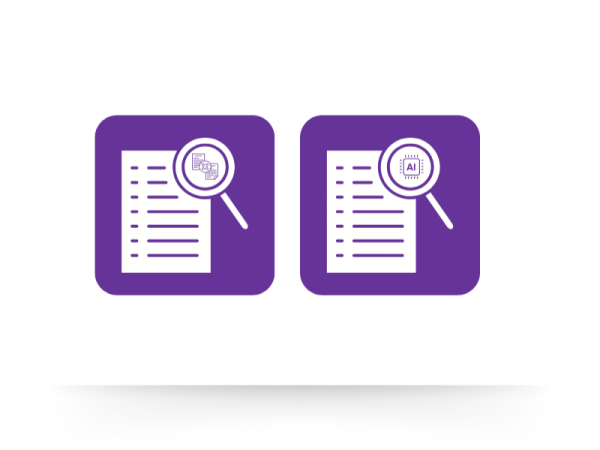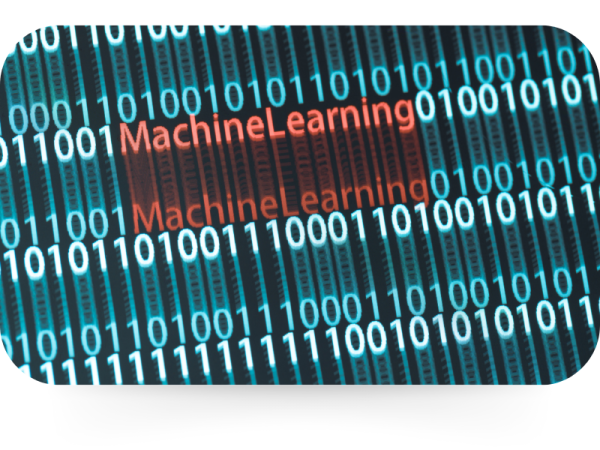AI Detectors, also known as AI Checkers, ChatGPT Detectors or AI writing detectors, are tools designed to analyze text and determine whether it is written by a human or generated by AI.
With tools like ChatGPT, Gemini and Copilot, AI-generated content is now everywhere. These models are becoming more and more sophisticated, making it harder to identify their output. This raises challenges: verifying content’s authorship, ensuring authenticity and preventing misinformation.
This has led to a growing reliance around AI detectors, especially for teachers, editors, or legal professionals.
But how do AI detectors work? More specifically, how does an AI checker work in practice? Can these tools really identify AI-generated text, and how to tell if text is AI generated?
Summary:
- What is AI detection?
- The history of AI detection tools: when did they appear and why?
- Why is it importeant to detect text generated by AI?
- AI detectors VS plagiarism checkers: what is the difference?
- How do AI detectors and ChatGPT detectors work?
- How to tell if a text if AI generated?
- Are AI detectors reliable?
- What are the limitations of AI detectors?


